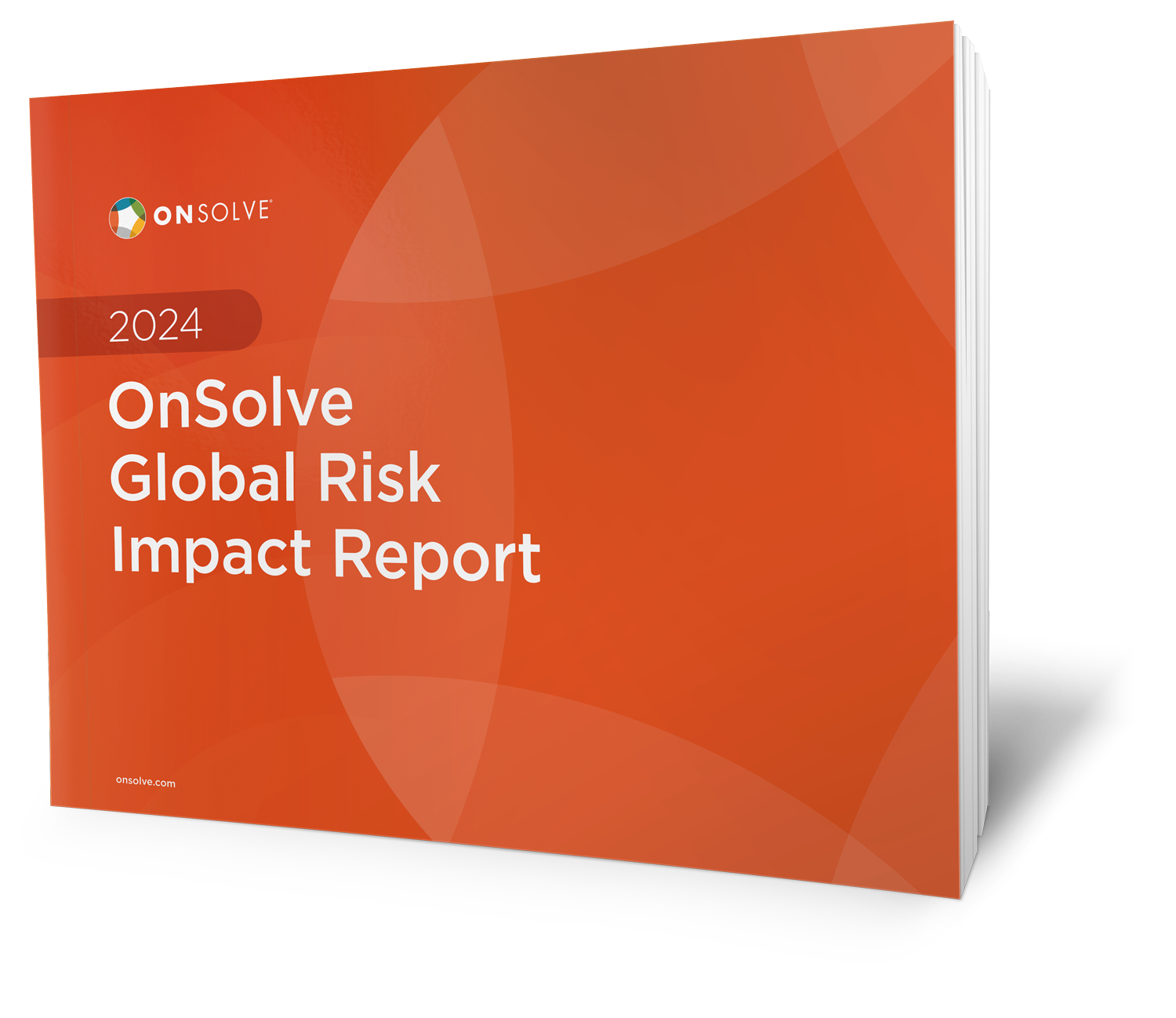If you’re in any way responsible for risk mitigation in your organization, you’re all too aware of the challenges involved in identifying and monitoring critical events. With increased threats becoming the norm, risk management grows more challenging every day. You may be worried about how you can protect and inform your people if and when a crisis strikes.
Fortunately, you know critical event management (CEM) technology can help by delivering relevant information when you need it most, so you can proactively identify risk and mitigate damage. Gaining buy-in to invest in resilience technology from all of the key stakeholders in your organization, however, can be a challenge in and of itself.
Use these five questions as a guide to help you build a more compelling and comprehensive case for resilience technology.
5 Questions to Build a Better Business Case
1. What's Your Why?
Risk has grown more complex, often manifesting in unexpected areas. It can even cause a butterfly effect, in which a threat creates new problems that can cascade across the organization. As the number of threats rise, organizations are facing the problem of risk fatigue – increased tolerance and decreased vigilance. This is a dangerous combination in today’s active threat landscape.
Instead, organizations need to become more proactive and focus on the processes and technology needed to protect your people, assets and operations. To gain buy-in for technology, you first need to define your “Why.” It doesn’t have to be complicated. During a crisis, your goals may be as simple as keeping people and property safe, maintaining operations and minimizing lost revenue. The more clearly and concisely you can state your reasons and how technology will support them, the more likely you are to gain approval for a critical event management solution.
2. Who Do You Need to Convince?
There are probably a number of stakeholders you’ll need to win over, so it’s important to identify them all in advance, along with their potential areas of concern. Think about who needs to be involved and at what point in the process.
Leaders across your C-suite, Finance, Legal, IT and HR teams are all likely to be part of the decision-making process. You also need to consider the end users of the technology, as well as the needs of external stakeholders, such as customers and residents. There may be overlapping points of interest and interdependent responsibilities among stakeholder groups. Make sure the technology supports collaboration and coordination.
3. Can You Explain the Technology Clearly and Concisely?
Discussing technology shouldn’t cause confusion. Keep it simple and highlight its problem-solving potential. Begin by defining what resilience looks like for your organization and why CEM technology is necessary to achieve it.
Modern CEM includes risk intelligence and critical communications capabilities that make it possible to identify risks, communicate effectively and coordinate a response. When you can recognize threats sooner, keep everyone connected and remove silos, you can recover faster and minimize damage. Make this relatable by providing practical scenarios, so your audience can visualize how the technology will make a difference during a real-life critical event.
4. How Will You Demonstrate the Potential Cost of Doing Nothing?
Because risk management is about avoiding harm, it can be difficult to quantify. That’s why it’s best to lead with the business value of preventive measures. Make it relatable. What are you trying to achieve? Security operations efficiency? Protecting your brand reputation? Physical asset protection? You’ll likely need to use a variety of methods, including data and narratives. Additionally, your audience will include many stakeholders, each with a different preference for evaluating return on investment (ROI).
Address both tangible and intangible benefits and be as specific as possible, so you can clearly demonstrate the value of the technology.
5. Do You Have Proof Points Ready?
Take time to anticipate that unavoidable challenge: “Prove it.” Use metrics from your preferred vendor to do just that. Examples include the number of risk events detected globally in the last year and the number of alerts sent annually.
Everyday use cases are also important selling points. Technology that can be used for staffing and scheduling, promotional announcements, investor updates and appointment reminders improve efficiency, save time and streamline business operations. Benefits such as these are likely to appeal to a wide range of stakeholders.
Preparing your answers to these questions will get you well on your way to gaining the internal buy-in you need for resilience technology. For more detailed guidance and hands-on tools for navigating the evaluation process, check out our interactive ebook, Making the Case for Technology to Strengthen Resilience.


